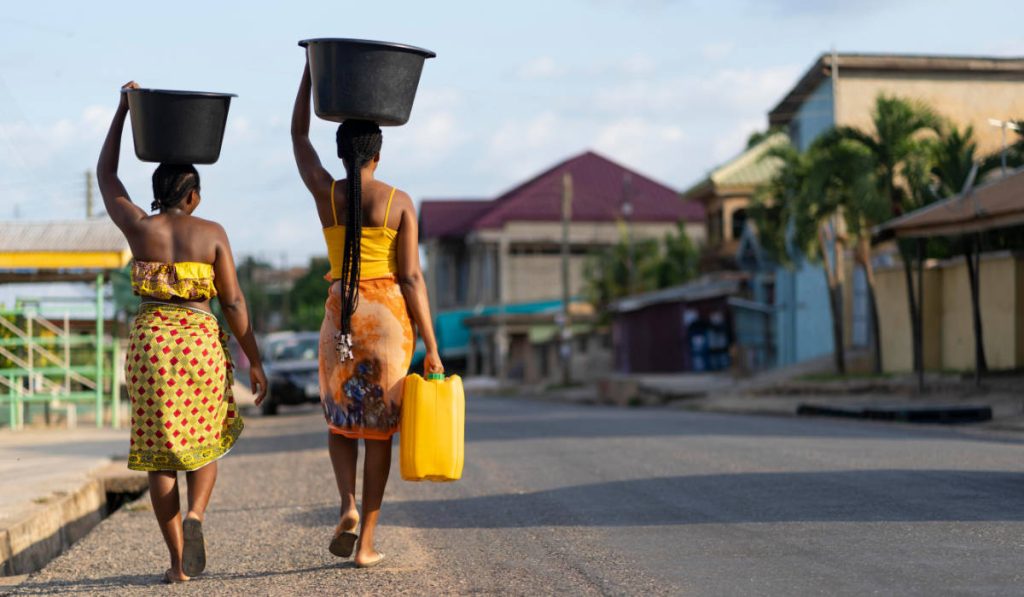
Climate, peace, security and migration in Mozambique
Climate-related extreme weather events and conflict are making their mark globally, co-occurring and reinforcing each other in a vicious circle, complicating efforts to build and sustain peace.

Climate-related extreme weather events and conflict are making their mark globally, co-occurring and reinforcing each other in a vicious circle, complicating efforts to build and sustain peace.
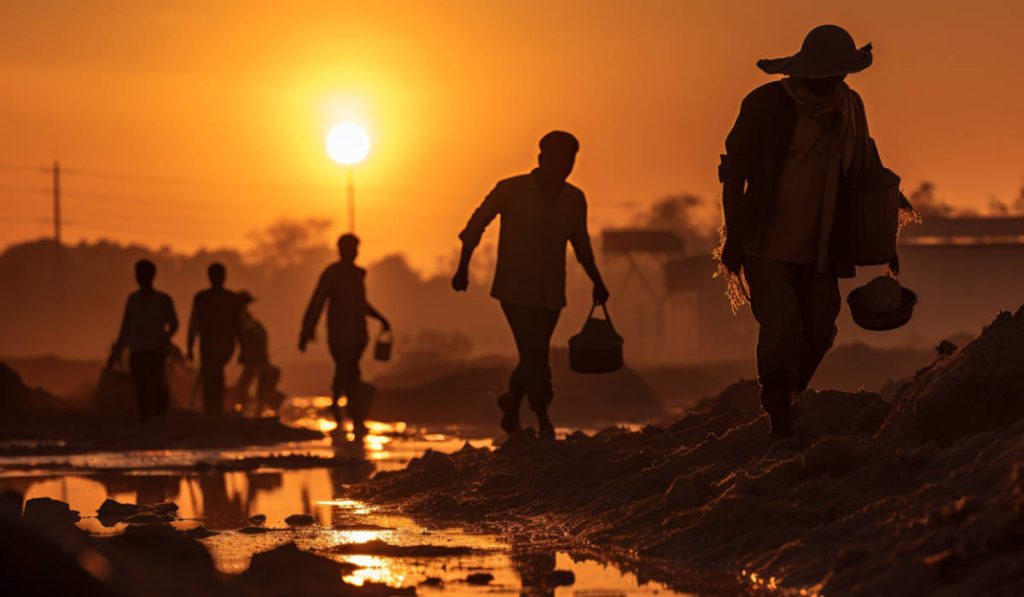
This COP represents a pivotal opportunity for adaptation to garner comparable political attention to the longstanding focus on mitigation.
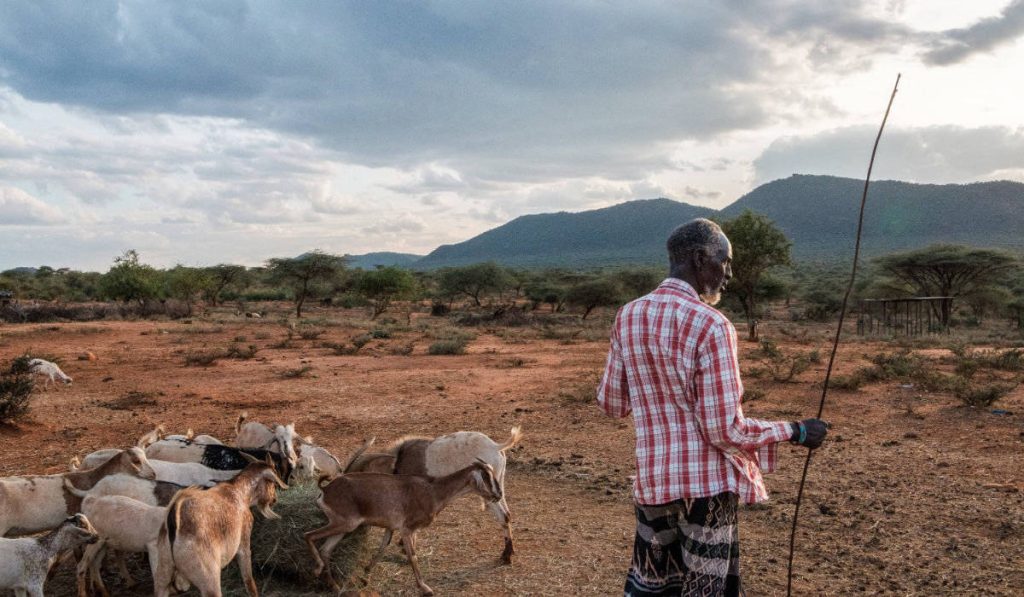
Samburu county has continued to manifest unabated intercommunal conflicts which can be attributed to many factors
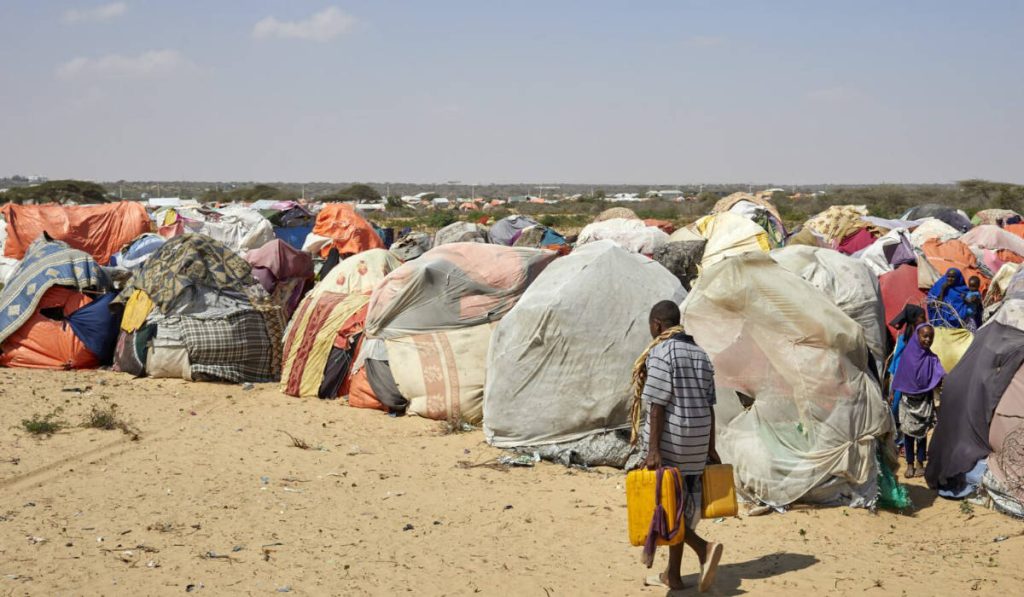
Climate vulnerability, youth empowerment and localized actions shaping responses to climate change.
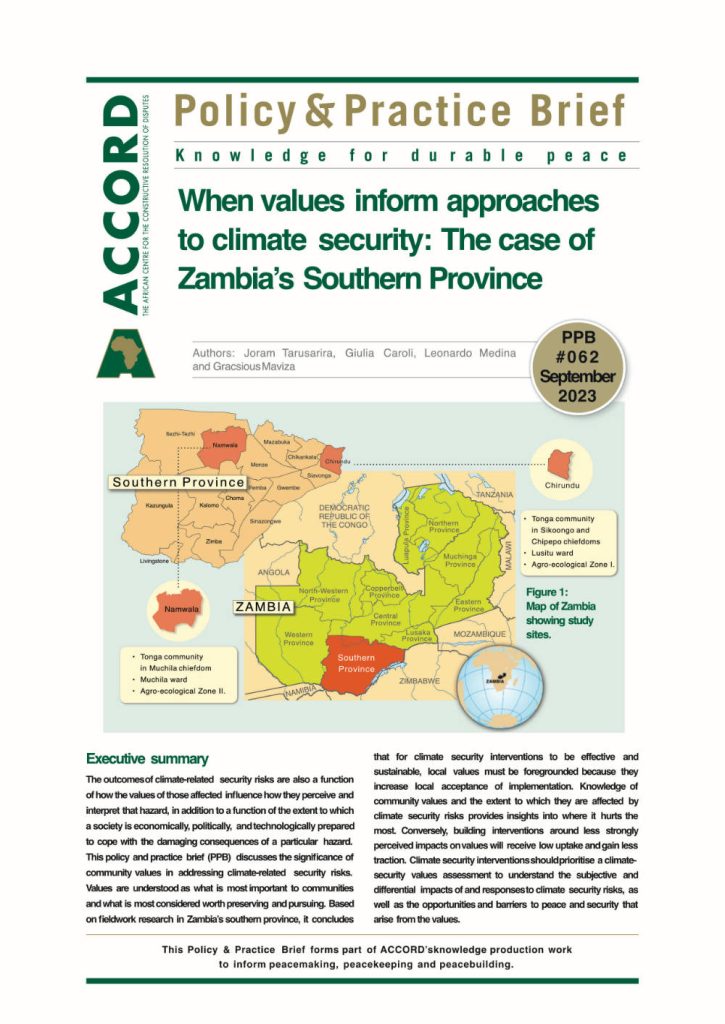
This policy and practice brief discusses the significance of community values in addressing climate related security risks.
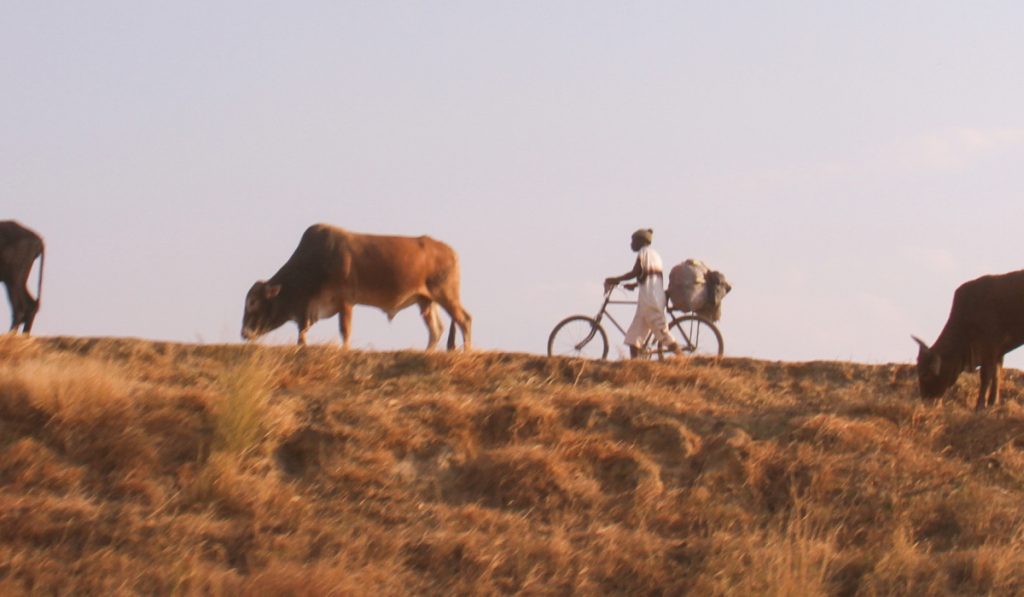
Although Zambia does not experience violent conflict, the negative effects of the impact of climate change, compounded with other risk factors, can pose a challenge to human security
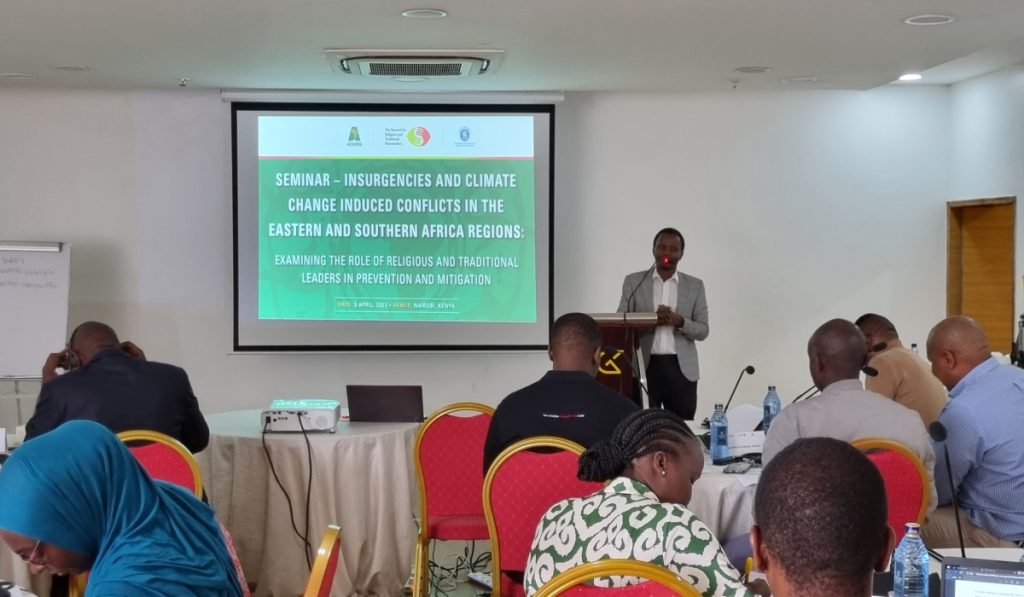
Discussing the role of traditional and religious leaders in conflict prevention and mitigation
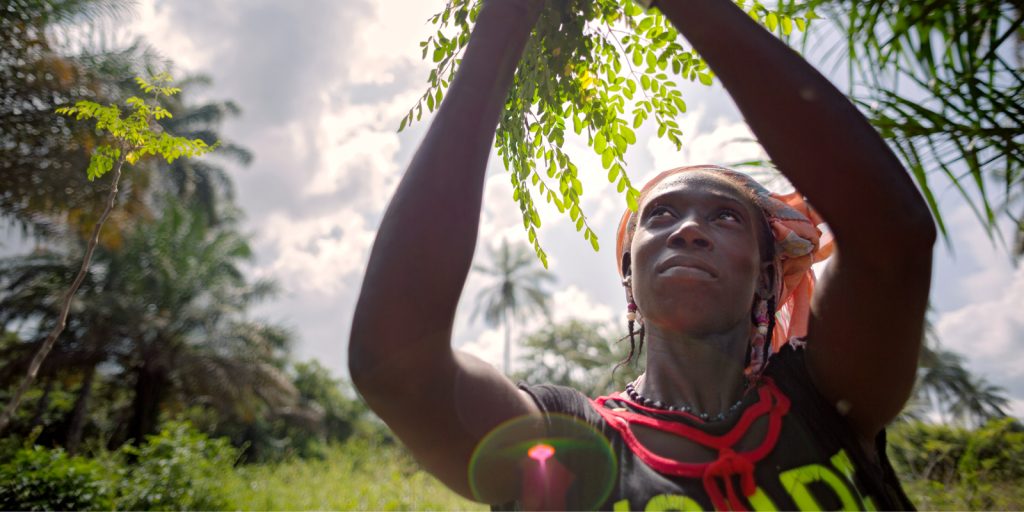
Climate change is an undeniable conflict threat multiplier that is already increasing food insecurity, water scarcity and resource competition while disrupting livelihoods
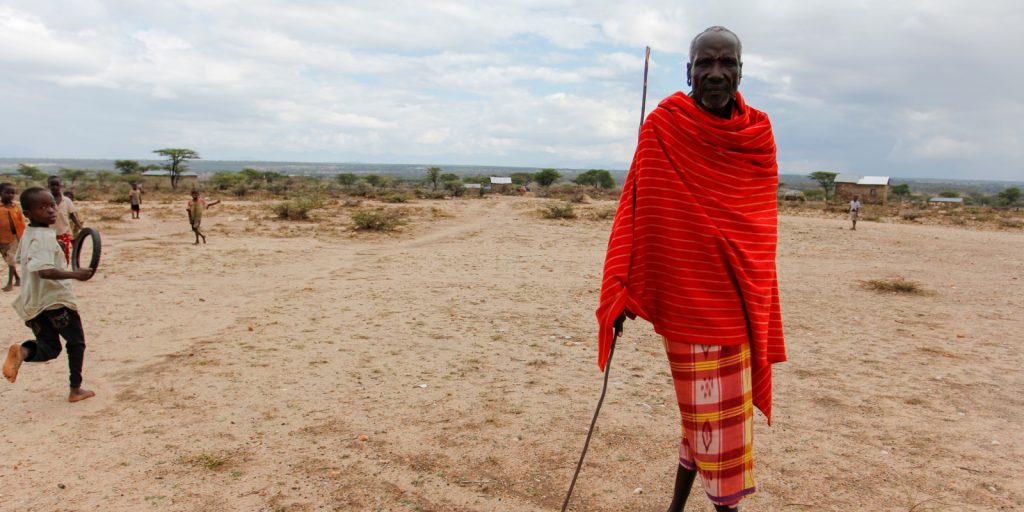
A sustaining peace perspective on climate change shows that the effects of climate change can exacerbate the drivers of conflict, and conflict can undermine the resilience of communities to cope with climate change
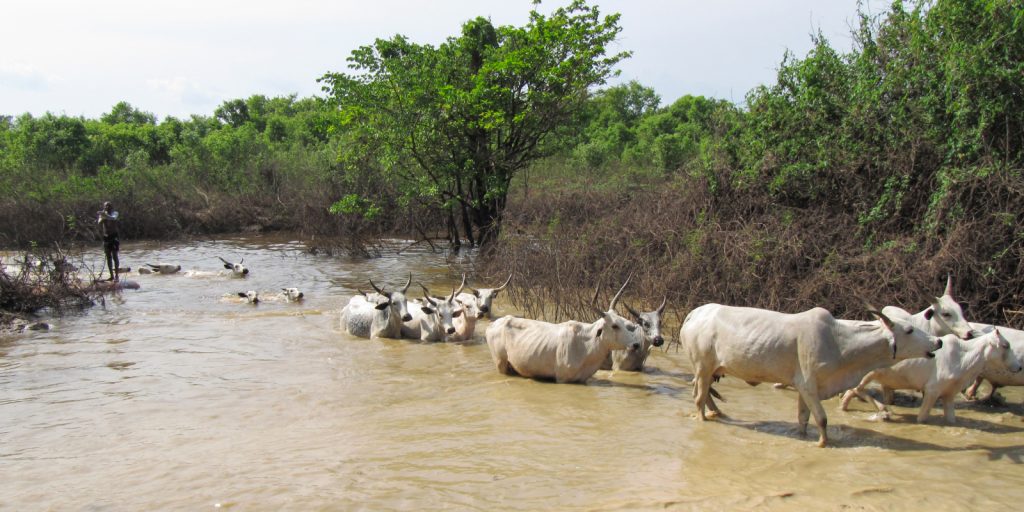
Southern Africa is one of the most vulnerable regions in the world to climate change due to its physical exposure to weather events, low adaptive capacity and high dependence on climate sensitive livelihoods.